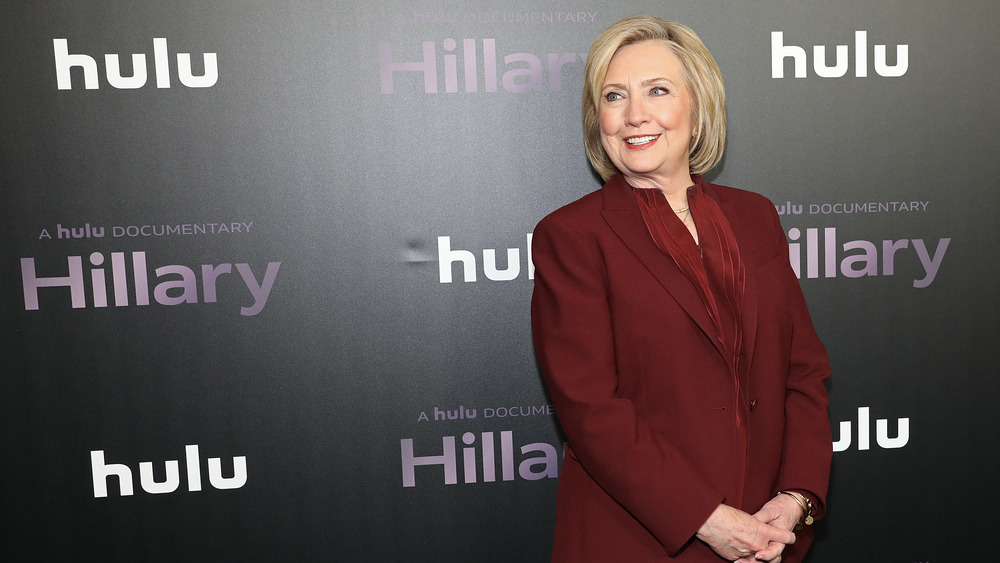This Is How Rare Blonde Hair Actually Is
From Hollywood to your hometown, there are a lot of blondes floating around. But are they natural? Probably not. According to Fact Retriever, one in three adult females dye their hair a shade of blonde, and only one in twenty white American adults is naturally blonde.
That means that while 'bottle blondes' are incredibly common, natural blondes are extremely rare! Only two percent of people in the entire world are naturally blonde into adulthood. According to LiveScience, most kids that are born blonde — even the most platinum babies — shift to brown hair by the time they turn ten.
It all comes down to genetics and the amount of melanin in an individual's hair strands. There are two types of melanin: eumelanin and pheomelanin. If you have more eumelanin in your genetic makeup, your hair is going to turn darker as you get older.
As Big Think points out, the majority of natural blondes in the world are centered around northern Europe. Scandinavian countries like Norway, Sweden, and Finland have the largest number of blondes in the world at a whopping 80 percent of their population. Not surprisingly, the farther south you travel from this pocket of countries, the darker the hair color becomes. There is one exception in the world: the Solomon Islands east of Papua New Guinea. Ten percent of this population of people have dark skin and naturally blonde hair, and according to ZME Science, researchers at Bristol University have found that the gene responsible for the blondes on this small archipelago "is unique to any other genome in the world."
Half the female CEOs of S&P 500 companies are blonde
The fact that the most powerful women in the world in both business and politics happen to be blonde isn't some weird statistic (like how there are a disproportionate amount of presidents throughout history that are left-handed). It's sadly a reflection of how society views women in positions of power.
Jennifer Berdahl and Natalya Alonso, professors at the University of British Columbia's Sauder School of Business have conducted research on this phenomenon, and in an interview with Inc. explained that women in roles that require a stronger, more authoritative presence have better rapport with males if they are blonde because dark-haired women are often labeled as cold and heartless for acting like a leader, whereas blondes are perceived as "soft, friendly, and not-so-smart underneath, even as they issue commands."
Basically, women are playing into blonde stereotypes because it's the easiest way to garner respect in the male dominated workplace. Berdahl explained to The Huffington Post, "If the package is feminine, disarming, and childlike, you can get away with more assertive, independent and [stereotypically] masculine behavior."

